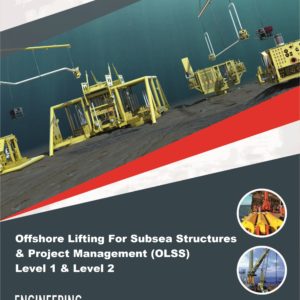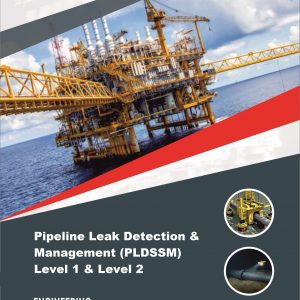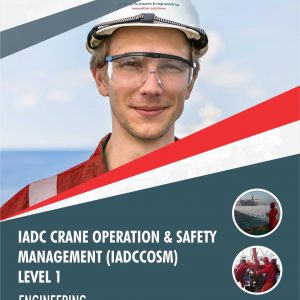Description
FPSO stands for Floating Production Storage and Offloading, which is a type of floating vessel used in the offshore oil and gas industry. FPSO design refers to the process of designing and engineering these vessels to be used for specific offshore production requirements.
An FPSO vessel is essentially a converted tanker or a purpose-built vessel that has been modified to process and store oil and gas produced from offshore fields. The vessel is equipped with various processing equipment such as separators, pumps, and compressors, and has storage tanks for storing the oil and gas until it can be offloaded onto a tanker for transportation.
FPSO design involves several engineering disciplines, including naval architecture, structural engineering, process engineering, electrical engineering, and instrumentation and control engineering. The design process must consider the specific requirements of the oil and gas field, such as water depth, weather conditions, and production capacity.
One of the key considerations in FPSO design is the stability of the vessel, which must be able to withstand the various environmental conditions in which it will operate, such as wind, waves, and currents. The design must also consider safety and environmental factors, such as the prevention of oil spills and the protection of marine life.
The process equipment on the FPSO must be designed to meet the specific requirements of the field, including the amount and quality of the oil and gas produced, as well as the water content and other impurities that may be present. The electrical and instrumentation systems must also be designed to ensure reliable and safe operation of the vessel and its equipment.
This course covers Strengths and Weaknesses, Regional Aspects, Market Situation, Key Components, Hull Selection and Design, Topside Interface, Station Keeping, Subsea Interface, Turrets and Swivels Different Turret Types, What is going on Inside a Swivel, New Developments and more.
Introduction to FPSO Design & Technology (IFDT) Level 1 is designed to provide detailed knowledge of FPSO Design & Technology and will assist those who are switching or enhancing their career in this sector.
Course Outlines
Definitions
Strengths and Weaknesses
Regional Aspects
Market Situation
Key Components
Hull Selection and Design
Topside Interface
Station Keeping
Subsea Interface
Key Design Issues
Turret or Spread Mooring
DP Position Keeping
Interface with Sub-sea Equipment
Different Turret Types
Turntable Typical Lay-Out
Yoke Mooring
The Riser Turret Mooring (RTM)
Introduction to Swivel Systems
What is going on inside a swivel
Swivel Stack Modules
New Developments
Process Packages
Mechanical Packages
Utility Packages
Assessment
Participant underpinning knowledge of FPSO Design & Technology at entry will be accessed with short answer multiple-choice questionnaire at the end of the course.
Outcome
Participants will gain an in debt understanding of FPSO Design & Technology. They will also be able to function with minimum supervision as offshore engineers, project engineers, subsea engineers or resource personnel.
Professional Certificate
Issued directly by Chess Subsea Engineering Europe.
Participant may be presented for Offshore Petroleum Training Organization (OPITO) Certification.
How to Register
Click here to download registeration booklet on msword and email completed booklet to info@chesssubseaengineering.org directly.










